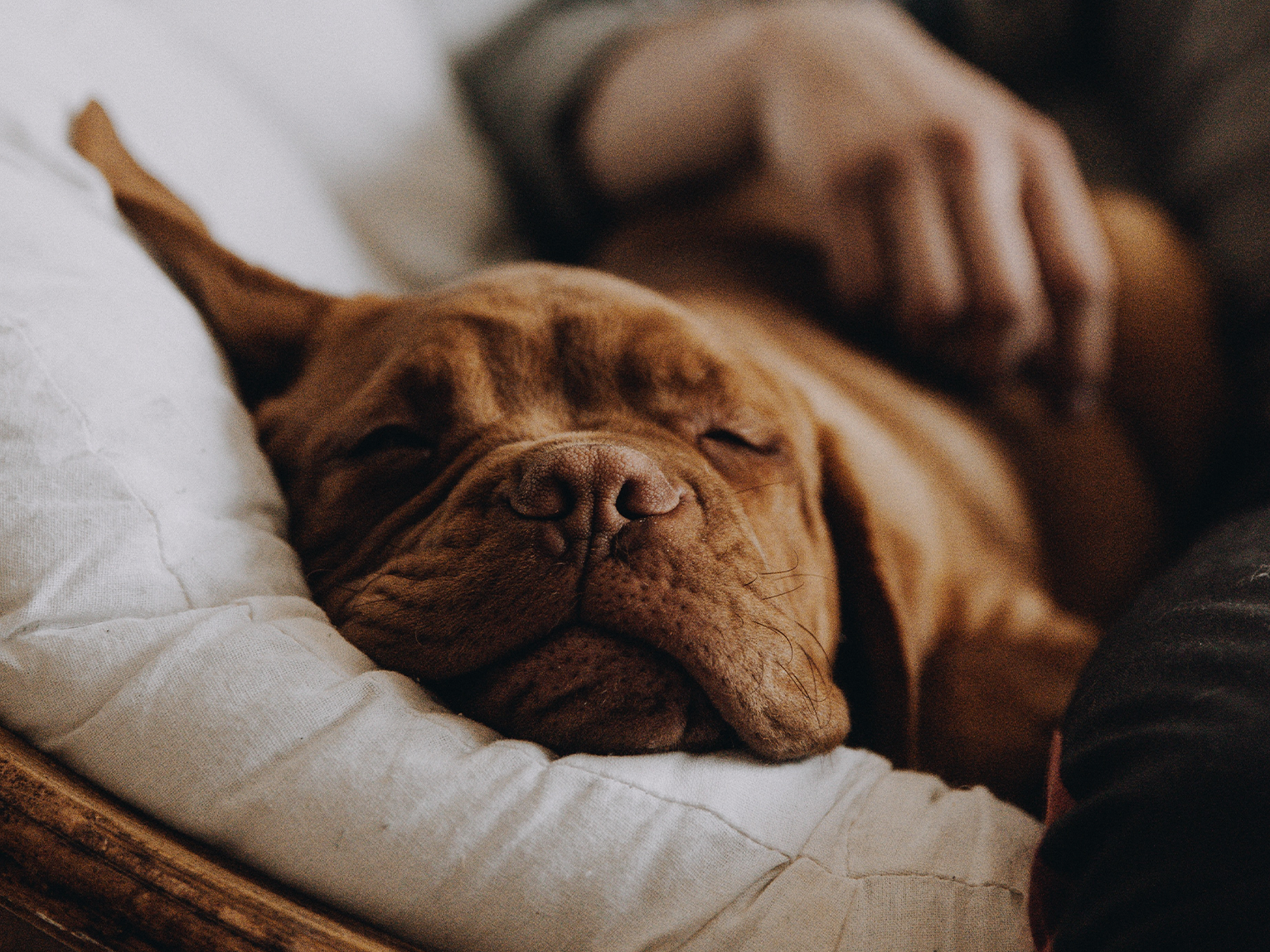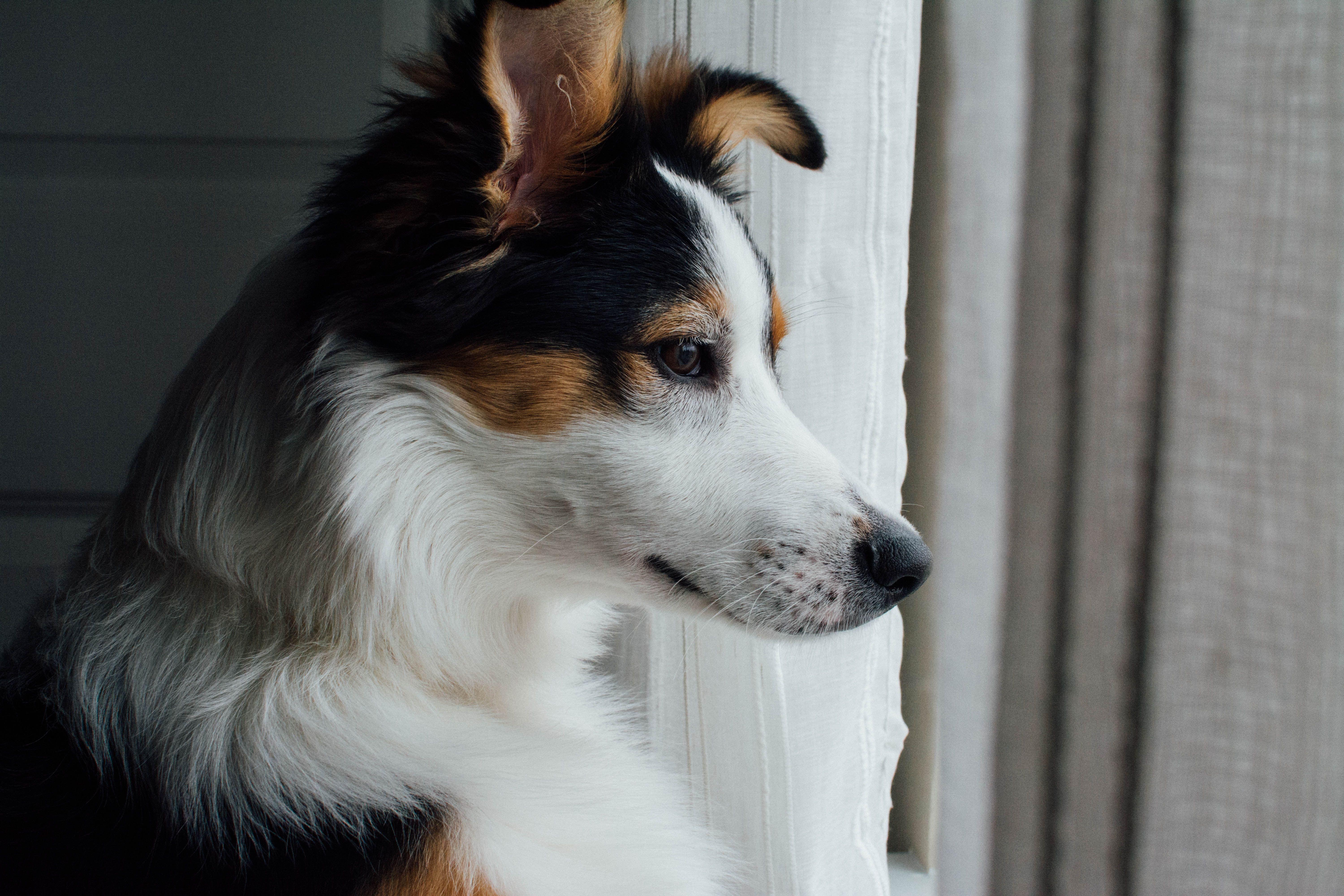
How to look after your dog on Bonfire Night
Take a tip from Pavlov
The best way to deal with issues is not when they arise, but beforehand. Long before the season starts, spend time arranging a quiet area in your house where your dog can feel ownership of the space, and feel as if they’re safe. Ideally, you’ll leave toys, treats and other such things that they an associate with positive experiences, making sure to switch them out so that it continually feels novel to them. Try to avoid spending time in that area, so that they can truly feel ownership of it, and make sure it’s always available to them, even when you’re not in the house. Conditioning them to feel comfortable in this space will help when they become frightened and give them an area they can retreat to if they feel threatened.
Plans to stan
You’re going to need to do a bit of planning beforehand here, as it’s the easiest way to avoid calamity. Firstly, keep an eye out on the roadside, notice boards and Facebook groups for your local area about when nearby displays will be going on. Of course, this won’t stop Tim from down the road from demonstrating his disposable income via enough explosives to re-enact WW2, but at least you’ll be able to control the variables you will know about.
Once you’re familiar with all the key dates, try and desensitise your dogs to the noises by playing them on a low level, working up to slightly louder levels if possible. Dogs tend to take cues from their owners about how safe something is, and amazingly they can even read our faces – so, like when kids scrape a knee and look to us to see if they should cry, dogs also look to us to see if we’re concerned. Support them, but don’t coddle them.
On the day of the displays, it’s a good idea to try and tucker out your dog as best as you can, so they (possibly) sleep through it, or at least, are not so alert. Do bear in mind however, people might start a little early! So, keep them on a lead in case they’re spooked. You should also ensure your dog is properly chipped, so if they are somehow able to get away from you, they can be returned to you easily.
On the night
It may go without saying, but we’ll go ahead and say it – dogs are not going to enjoy being outside on Bonfire Night. Popping out for bathroom breaks is necessary, but other than that they’re going to want to stay indoors, especially considering some dogs will be tempted to bolt if they’re surprised. Now that’s out of the way, here are some less obvious tips.
On the night, or nights, start by feeding your dog earlier than usual, as they may well lose their appetite if they feel anxious – much like humans. Then as night draws in, begin shutting your curtains, closing doors and windows to minimise both the sound and light produced by the shows. The next step is to either turn up the TV or radio’s volume to help drown out the sound. If your dog is already retreating to the safe space, then you could consider moving the radio to that space – and turning on something soothing like classical music, which amazingly has been proven in several studies to be enjoyed by most dogs.
Your dog might be comfortable with those measures in place, but it’s possible they will still be distressed. At this point you can try keeping them distracted with toys, and playing games – but again, be sure not to coddle them as it may reinforce the idea that fireworks are scary. It’s also possible your dog may not feel like being close to you or being touched, as they’re agitated, so try to pay attention to their behavioural cues. You also shouldn’t try and confine your dog to the one room, as their ability to move freely will help them feel less panicked.

Extra Investments
If you’ve already run into these issues in previous years, or have a particularly anxious dog, you might well be suspicious that you’ll need some extra help. There are a few products you can consider to try and remedy their upset.
The first and best plan is always to speak to your vet. They’ll know the best products, as well as being able to potentially prescribe something to alleviate your dog’s fear. There is some suggestion that pheromone diffusers can be useful, but it is wise to check with your vet which brands are suitable or reputable.
Another solution that is potentially helpful, is a ‘Thundershirt’ or similar product. It’s a wraparound garment for your dog, like a jacket, that applies a constant level of pressure to their bodies, and according to the brand’s own research of their customers over 80% of dogs showed improvement in anxiety, for stimuli like fireworks, thunder, separation anxiety and several more fear-based issues.
Out with a Bang
In summary, Bonfire Night, and any of the dates fireworks are traditionally used like Diwali, New Year’s Eve and Chinese New Year are always times you’ll need to practise paying close attention to your dog and their needs. If your dog seems excessively distressed or continues to show symptoms after the night has passed, make an appointment to see your vet – as it’s also possible for your dog to pick up a phobia.
